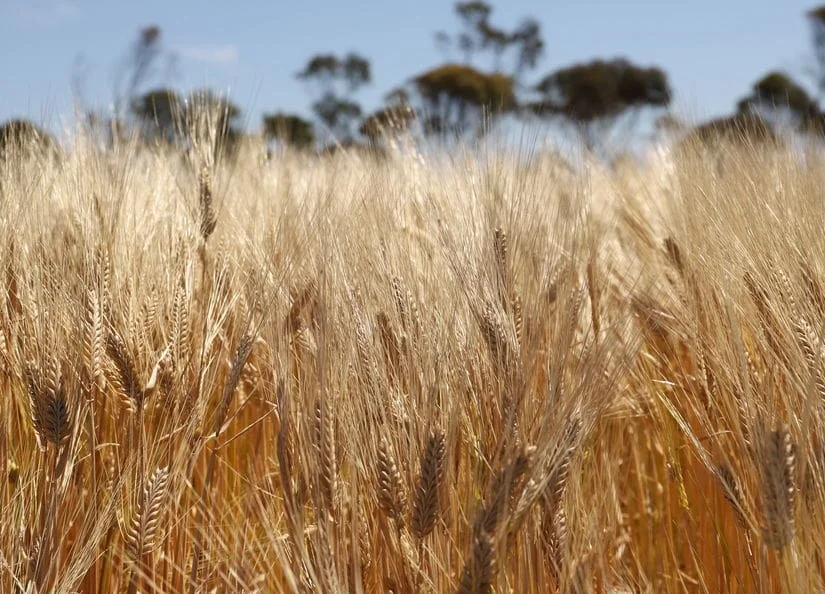Australia continues to demonstrate its strength in the global grain market, exporting 696,540 tonnes of barley and 149,744 tonnes of sorghum in April. The latest Australian Bureau of Statistics (ABS) data highlights Australia’s dynamic and evolving agricultural export landscape, with notable increases and changes in major markets.
Export structure for April: barley and sorghum
Australia’s barley exports totaled 696,540 tonnes in April, performing well despite a 19% decline in feed barley exports compared to March. Feed barley shipments reached 317,836 tonnes, with China being the largest importer (236,881 tonnes), followed by Japan (72,989 tonnes) and Thailand (2,852 tonnes).
Notably, malting barley exports exceeded feed barley exports at 378,704 tonnes, a significant increase of 61% from March’s 235,887 tonnes. China again led imports with 240,274 tonnes, followed by the Netherlands with 69,995 tonnes and Mexico with 33,000 tonnes. This shift points to the growing demand for high-quality malting barley needed by the brewing industry around the world.
Sorghum exports also performed well, with China dominating the market, importing 146,041 tonnes out of a total of 149,744 tonnes. Other notable destinations included Taiwan (2,215 tons) and the Philippines (1,296 tons). Strong demand from China underscores its key role in supporting Australia’s sorghum export volumes.
Strategic analytics and market dynamics
Flexi Grain pool manager Sam Roach noted China’s continued dominance as the top buyer, despite the country falling short of previous export share expectations. This diversification of buyers, including markets in South and Central America and Europe, is considered beneficial for Australia as it reduces dependence on the single market and increases trade stability.
Roach also noted an unexpected increase in malting barley exports, driven primarily by strong demand from China. This increase in exports of malting barley, often meeting stringent specifications, reflects Australia’s competitive advantage in the global market. In addition, ongoing drought in parts of Australia is expected to impact barley supplies, potentially leading to localized price increases due to strong domestic demand.
Future Outlook and Conclusions
Looking ahead, Australian barley exports are forecast to range between 400,000 and 600,000 tonnes per month in May and June, before falling sharply as supplies dwindle. The interaction of strong local demand for feed barley due to drought and fluctuations in wheat prices will be a critical factor influencing the market.
Sorghum exports are expected to rise as the harvest season progresses in southern Queensland and northern NSW, with demand from China remaining strong. This trend is likely to be supported by reduced competition from the US, further strengthening Australia’s position in the global sorghum market.
Australia’s impressive export performance in April underscores its strategic importance in the global grain market. The ability to adapt to changing requirements, diversify export destinations and maintain high quality standards are key factors contributing to this success. As the agricultural landscape continues to evolve, Australia remains well positioned to meet both international and domestic needs, delivering sustainable growth and stability.





